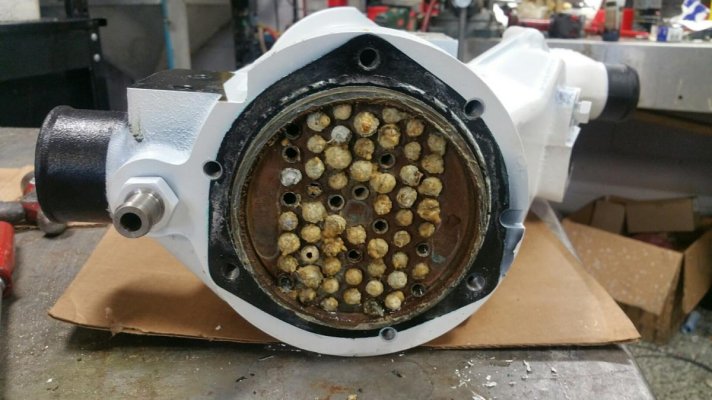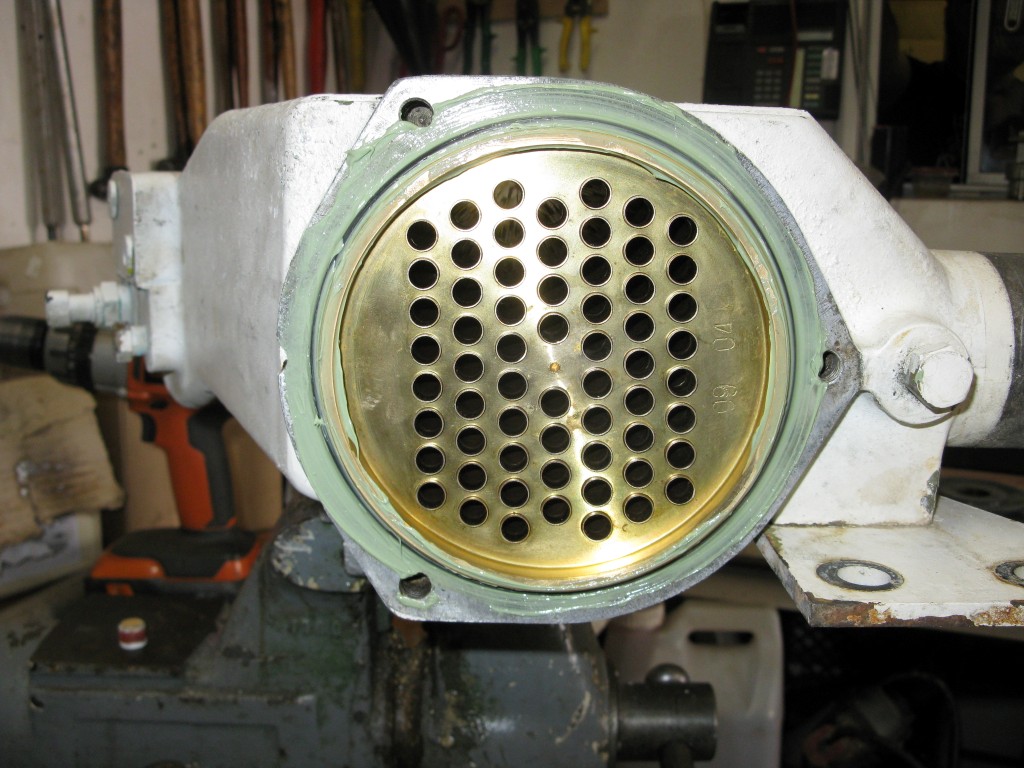Sounds like Nordic Tug, smaller boat with huge horsepower, owner wants to run it a low speed and it can be hard on the engine idling all of the time... I had a friend with a NT 32 and a Cummins, it endlessly gave him trouble because he wanted to idle around at 6 knots and the engine didn't like it.
I think he would have been much happier with 60-100 hp the way he wanted to operate his vessel.

Hi, my questions to cummins:
Hi,
I have a Cummins 5.9 qsb marine engine 2009 and it reaches max rmp 3065 which is perfect my Nordic Tug 37.
I have read a lot of conflicting opinions on the engine to run at low rmp a long time, because the machine may damage the carbon and etc. Some say it's ok to run this type engine at low rmp if the coolant remains in the correct slot.
The time i run my engine is most often 850-1300 rpm since the boat is most economical in this rmp area and temperature is ok. Cummins runs fine and does not smoke any, exhaust pipe mouth environment does not show any black carbon.
What is the manufacturer's view of low load low rmp almost always, whether it is ok or damaging the engine?
It would be great to have an expert answer, all the web instead of rumors.
xxxx
Cummins say:

Xxx
This is fine for our engines. It is not suggested to Idle (650-750rpm) for long periods. Generally speaking, you can idle for about 20 minutes or so at this range and be okay. If you plan to idle longer than 20 minutes or so it is suggested that you ramp up your RPM to about 800-1000. Working the engine under a light load/rpm is fine. This is not uncommon for some our engines (like Generators which normally work at 1800 RPM or less) and will not cause any undue harm.
Thank you for contacting Cummins.
Xxxxxx
Customer Care Representative
If we have misunderstood the information in your communication or you have additional questions please feel free to respond to our support staff by e-mailing
support.engineparts@cummins.com or 1-866-CUMMINS (286-6467). If you are located outside of North America, you can reach us at 1-615-871-5500.
NBs




